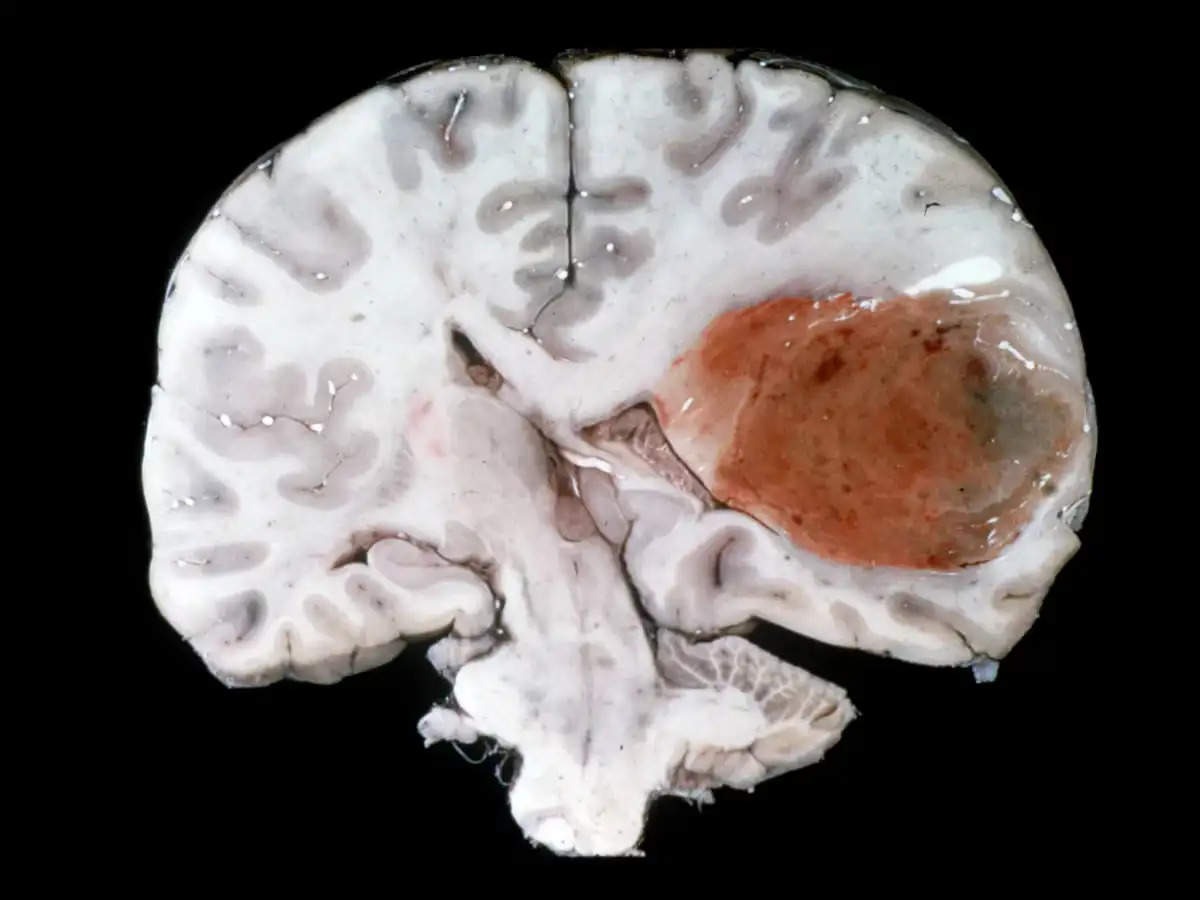Glioblastoma is a malignant tumor that affects the brain or spinal cord. This is the most common and deadly form of brain cancer, which is almost impossible to avoid. A person suffering from this disease can survive for a maximum of 12 to 15 months. And only 6.9 percent of patients survive more than five years.
This cancer often starts with symptoms like headaches, seizures, cognitive changes and neurological impairment, which affect their quality of life. However, recent research into immunotherapy is being seen as a turning point in the treatment of glioblastoma.
Features of glioblastoma
Glioblastoma is a naturally occurring tumor. It is classified by the World Health Organization (WHO) as a grade 4 tumor, one of the most dangerous forms of cancer. U.K. About 3,200 new cases are diagnosed in the U.S. each year. Globally, the incidence is about 3.2 to 4.2 cases per 100,000 people, which is about 150,000 new cases each year.
What is immunotherapy?
Immunotherapy is a type of cancer treatment. In this, the body's natural immunity is increased to eliminate tumors.
Potential Benefits of Immunotherapy
There are challenges in using immunotherapy effectively. But glioblastoma tumors have a variety of mutations, making them difficult to target. Recent trials have shown that immunotherapy can be safely injected into the cerebrospinal fluid, and researchers are working on ways to make it more effective.
Could become a great treatment in the future
Research in the field of immunotherapy for glioblastoma is developing rapidly. Although there is currently no approved clinically available immunotherapy, researchers are still working in this direction.
expert opinion
Cardiff University researcher Matthew Clement said they are working on developing immunotherapy to treat the disease. Their effort is to remove barriers that prevent treatments from reaching tumors.
 look news india
look news india
